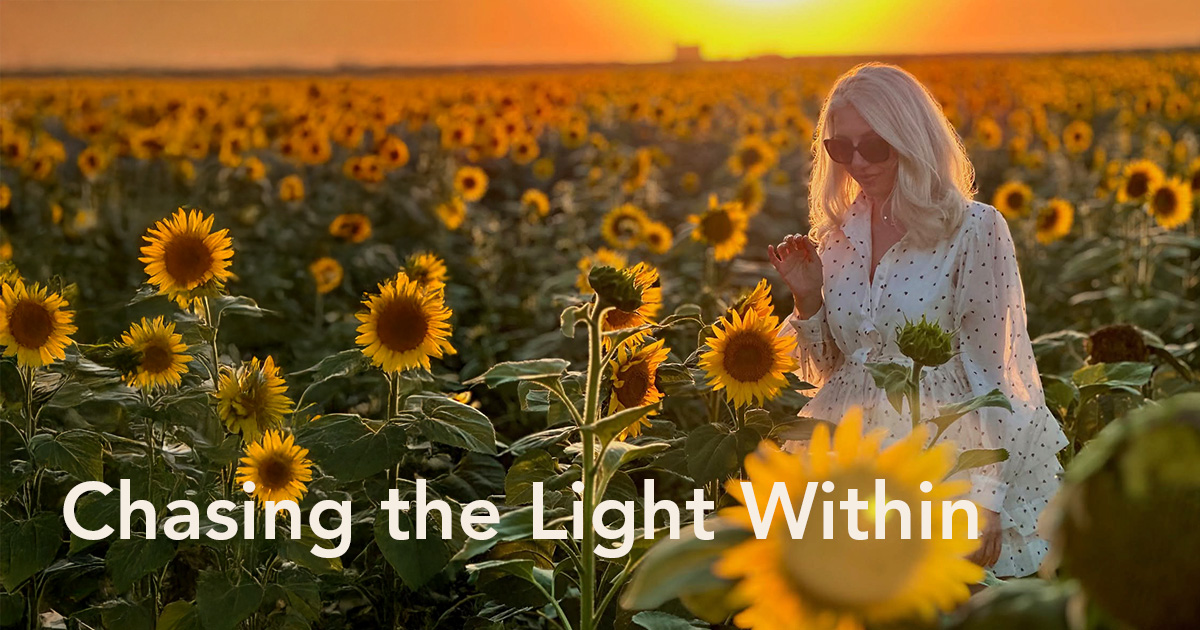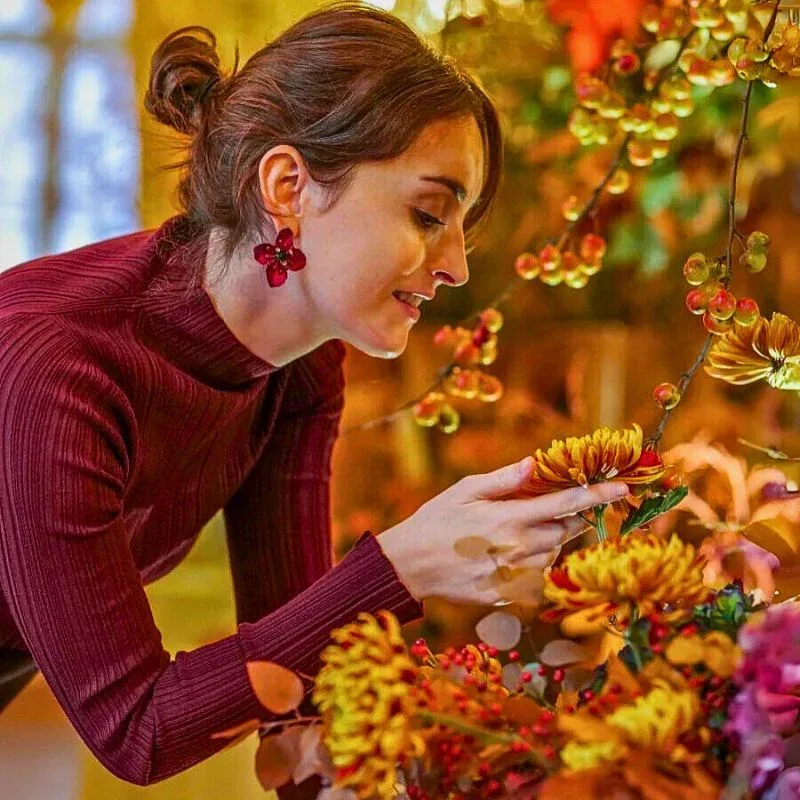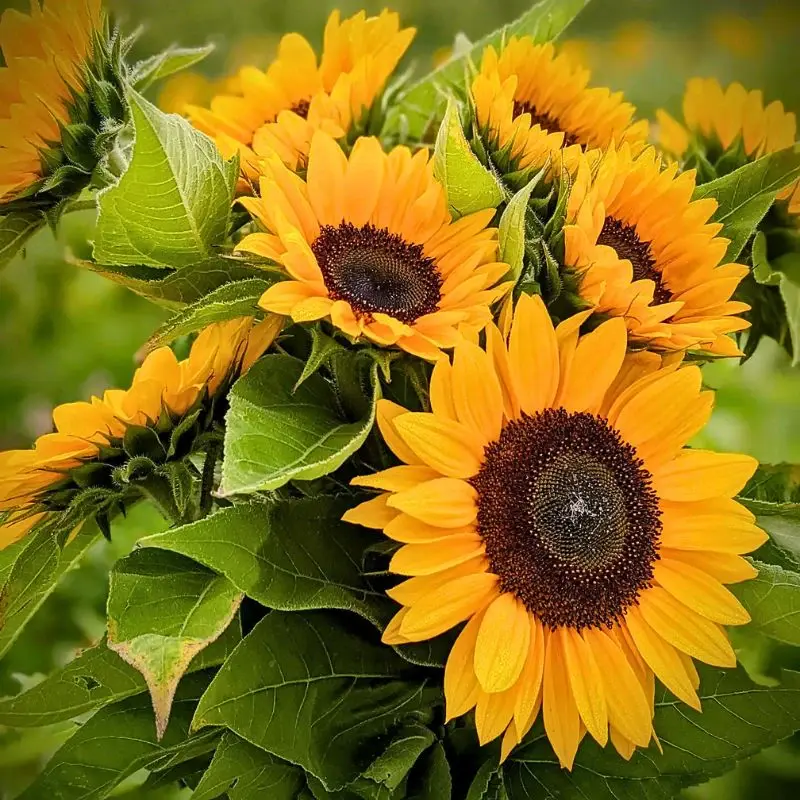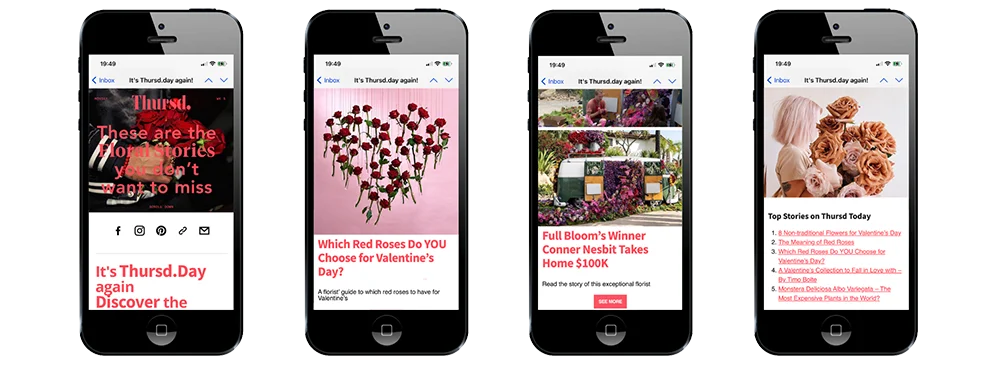There’s something about a sunflower that draws attention without trying. It stands tall, follows the light, and holds its head high even on cloudy days. Across time and cultures, the sunflower has come to represent more than its appearance; it embodies values that many people strive to live by: faith, warmth, and strength.
Understanding the sunflower meaning takes us beyond its yellow face and into a deeper story — one about devotion, resilience, and the quiet pursuit of light.
Origin and History of Sunflowers
The sunflower’s story begins in North and Central America, where it was cultivated by Native American tribes long before it reached Europe. They grew it as a vital food source, used its seeds for oil, and extracted color from its heads for dye. It wasn’t merely decoration — it was sustenance and symbol combined.
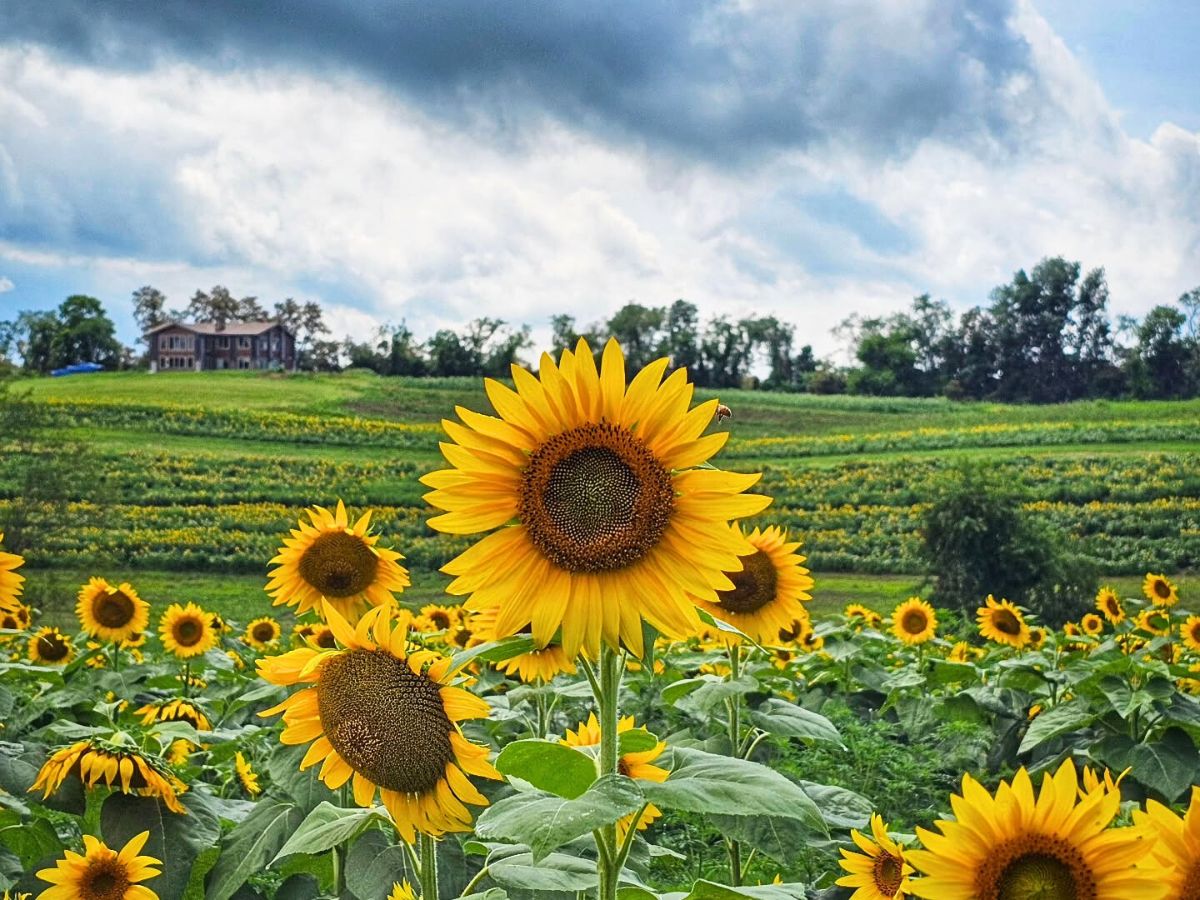
In the 16th century, Spanish explorers carried the sunflower to Europe, where it quickly spread through trade and agriculture. Artists and writers later adopted it as a visual metaphor for loyalty and endurance. Today, its presence stretches across continents — from wide Russian fields to home gardens in Australia — making it one of the most recognized flowers in the world.
This spread also carried its meanings with it. Sunflower symbolism evolved, but one thing remained constant: its unshakable connection to the sun, light, and growth.
The Sunflower Meaning
The question often arises: What does a sunflower represent? The answer is both simple and profound. The sunflower represents optimism and direction. Its natural behavior — turning toward the sun — reflects an instinct to seek light even when surrounded by shadows.
In human terms, this translates to faith and hope. People often associate the sunflower with happiness because it reminds us that life’s rhythm is not always about standing still, but about leaning toward what sustains us.

In floral language, gifting a sunflower expresses admiration, loyalty, and encouragement. It’s a gesture that says, “Keep your eyes on what uplifts you.”
But its meaning also goes deeper. A sunflower’s large face mirrors the sun itself, symbolizing unity between earth and light. Its many seeds reflect abundance and continuity — a reminder that what begins small can grow into something that feeds and sustains.
Learn more about how to take care of your Helianthus to prolong its shelf life.
Sunflower Symbolism Across Cultures
Sunflowers' symbolism is vivid with superior cultural significance in many cultures.
Native American Symbolism
To the early cultivators of the sunflower, it held spiritual and practical value. Native tribes used it during ceremonies to honor the harvest and the cycle of life. The flower was seen as a sign of provision and guidance, tied to the sun’s reliability.
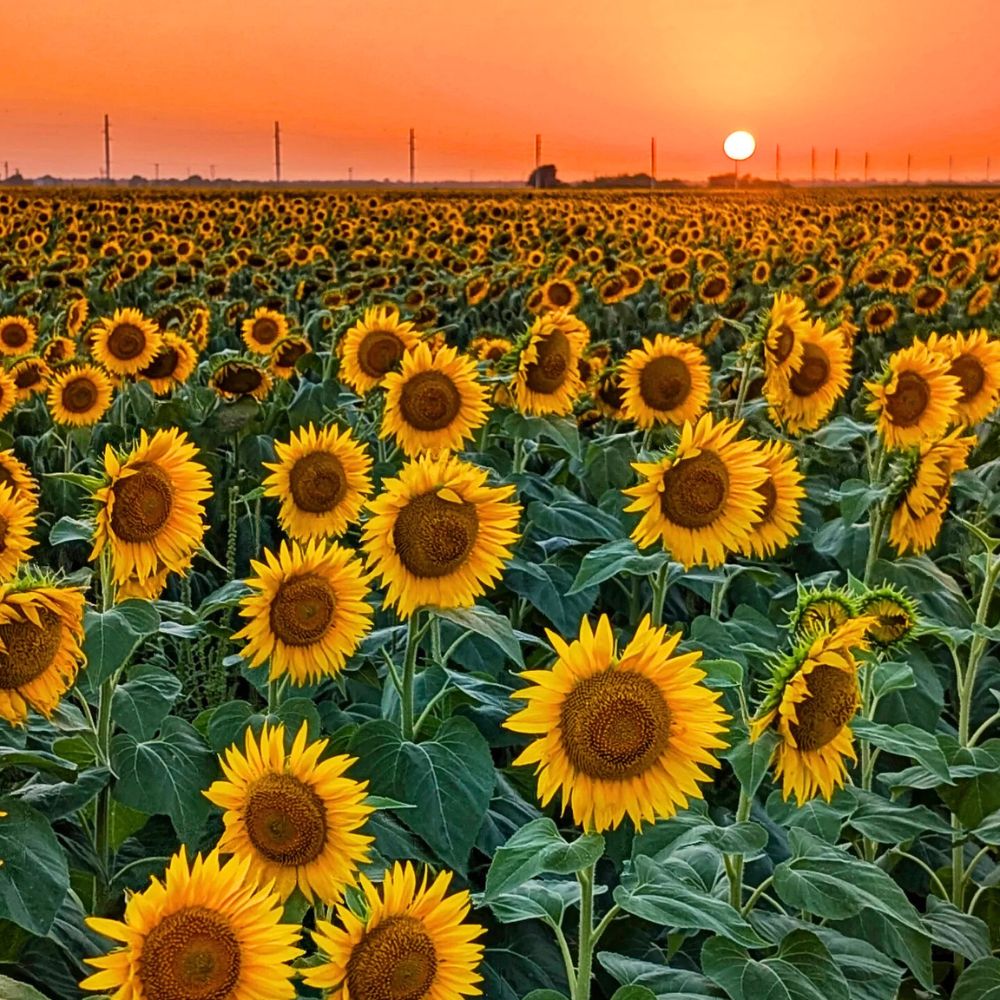
Greek Mythology – The Story of Clytie and Apollo
Ancient mythology gave the sunflower a story of devotion and unrequited love. In Greek legend, Clytie, a water nymph, fell in love with Apollo, the god of the sun. When his affection faded, she sat in sorrow, watching him cross the sky each day. The gods, moved by her constancy, turned her into a flower. From then on, she followed the sun wherever it went.
This myth still captures the essence of sunflower symbolism — devotion, loyalty, and faithfulness even when unseen.
Christian and Eastern Interpretations
In Christian thought, the sunflower is a quiet emblem of spiritual faith — the soul turning toward divine light. One verse from the Psalms captures the same sentiment:
“Those who look to Him are radiant; their faces are never covered with shame.” (Psalm 34:5)
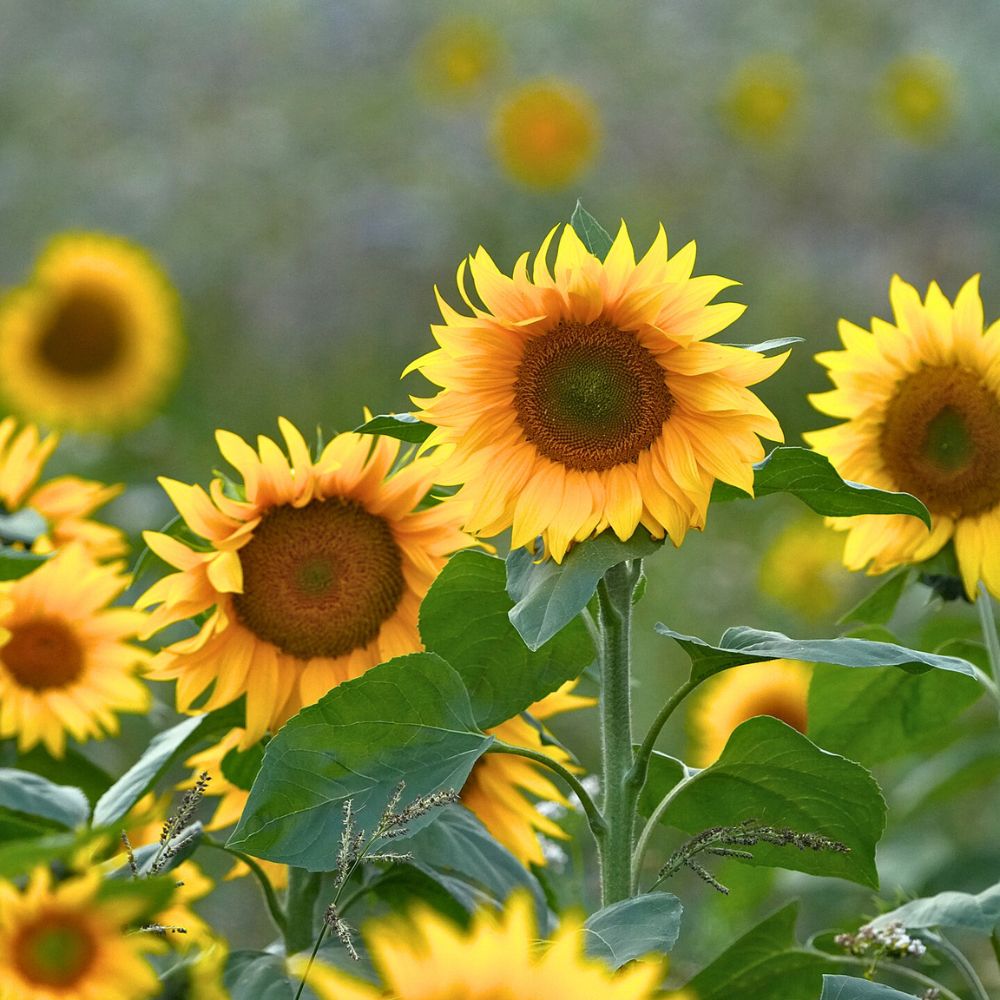
In parts of Asia, the sunflower has come to symbolize long life, gratitude, and honesty. In China, it represents vitality and success. Across cultures, it’s consistently viewed as a positive presence — something that points toward goodness.
The Modern Meaning of Helianthus
The modern connection to sunflowers extends beyond fields and folklore. Today, the meaning of sunflowers is visible in art, wellness, and environmental work.
In design and fashion, the sunflower often appears as a mark of cheer and renewal. In social causes, it’s used as a symbol of mental health awareness and optimism. Even in agriculture, its importance continues — sunflower roots absorb toxins from contaminated soil, helping restore balance to the earth.
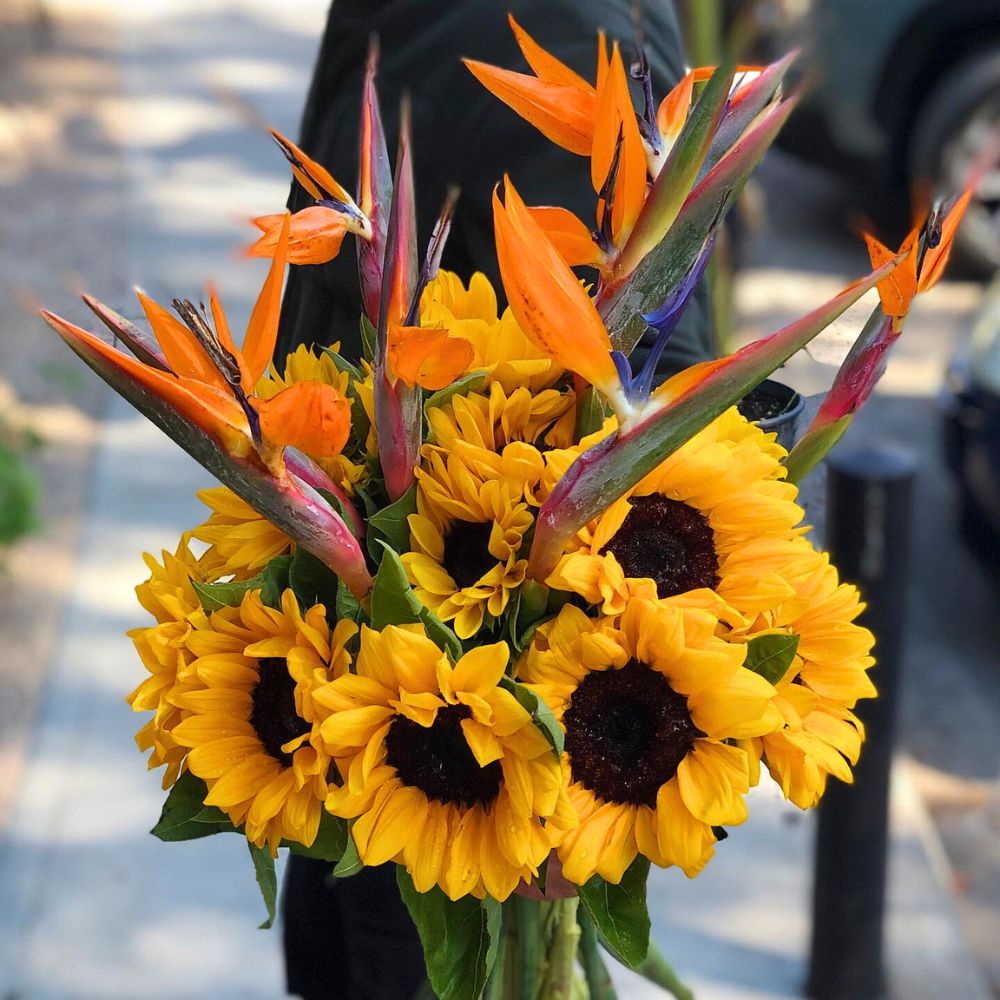
Florists appreciate it not only for its size but for what it communicates. A sunflower bouquet feels sincere, not extravagant. It represents strength without arrogance, joy without excess. Whether placed in a home, a studio, or a hospital, it brings a sense of calm determination.
For gardeners, the sunflower’s movement toward light is a living metaphor. It shows that nature doesn’t resist growth — it reaches for it.
Sunflower Tattoo Meaning
For many, a sunflower tattoo is more than decoration — it’s a personal emblem of endurance and clarity. Those who wear it often do so to mark moments of renewal or to remind themselves to keep facing forward.
In tattoo symbolism, the sunflower's meaning revolves around light, resilience, and constancy. It’s often chosen by people who have come through difficulty and want a daily reminder to stay true to what brings them peace.
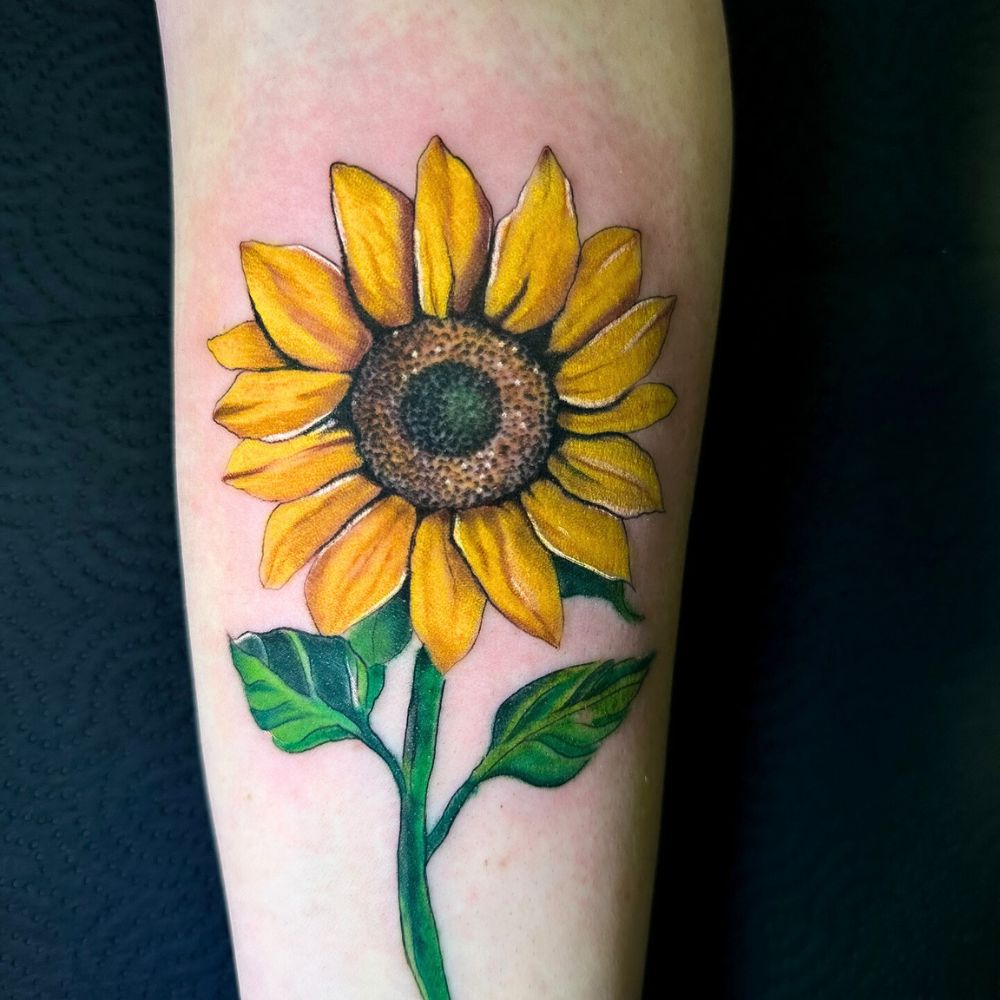
In some interpretations, it also represents loyalty in relationships — a mark of faithfulness and appreciation. Just as the sunflower stays aligned with the sun, a sunflower tattoo can stand for remaining loyal to someone or to one’s own path.
It’s no surprise that artists often design sunflower tattoos with open faces, strong stems, or small clusters — all signs of grounded strength.
Lessons From the Sunflower
There’s a reason the sunflower feels universal. It carries lessons about how to live with openness and purpose. Its movement teaches us to stay oriented toward growth even when conditions shift. Its height reminds us that standing tall doesn’t mean being rigid — it means being anchored yet flexible.
In a world often defined by distraction, the sunflower’s focus offers quiet guidance. It doesn’t compete with the flowers around it; it simply follows the light.
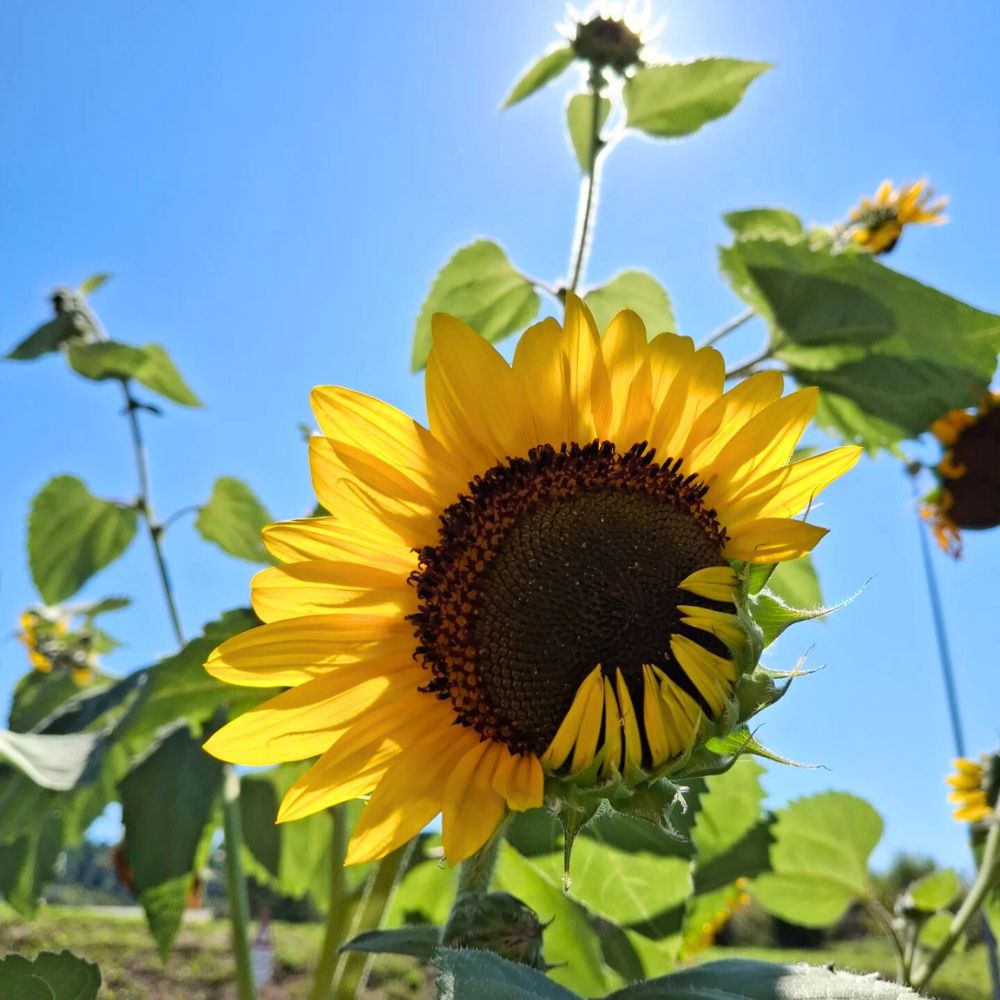
Its role in ecosystems is also symbolic — giving back while thriving. It provides pollen for bees, nourishment through its seeds, and cleansing for the soil. It thrives best not in isolation, but as part of a larger system — much like people do.
When we speak of sunflower meaning, it isn’t about perfection. It’s about presence — the steady choice to turn toward what sustains, to grow where you are planted, and to keep facing light, even on days when the sun isn’t visible.
The sunflower’s story blends myth, science, and human experience into one quiet truth: seeking light changes everything. From its Native American roots to its presence in modern art and daily life, it continues to symbolize faith, renewal, and perseverance.
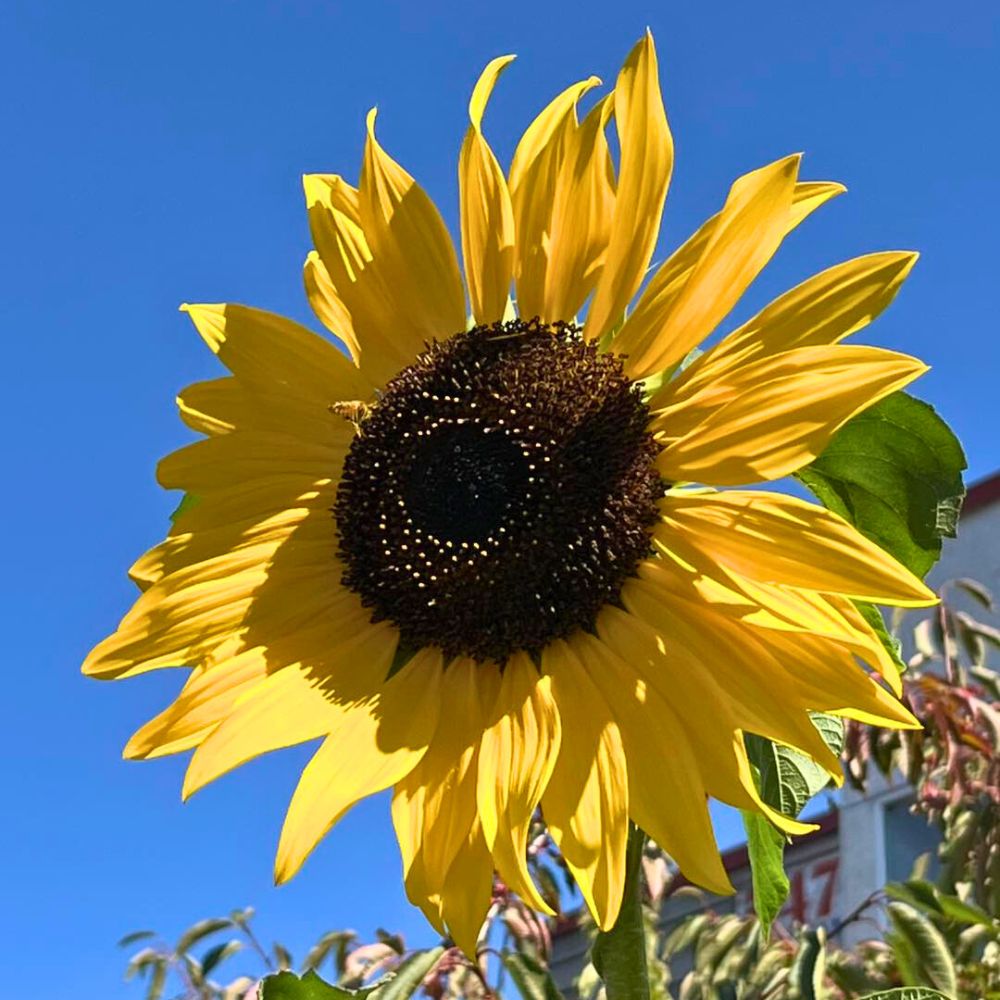
Perhaps that’s why we keep returning to it — not only as a flower but as a reminder. A sunflower reminds us that growth is an act of faith, and that turning toward light is not a denial of darkness, but a conscious choice to keep moving.
Header and feature image by Alina Neacsa.

